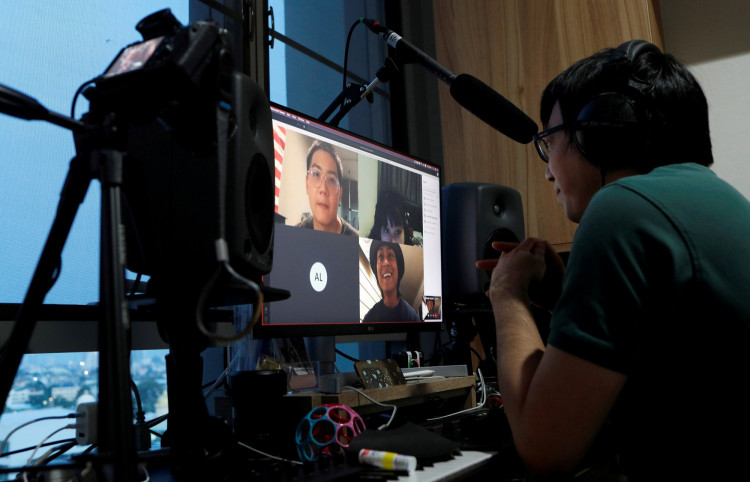Transitioning to online learning is one of the challenges many students and teachers are facing at the height of the pandemic. Schools are currently closed to promote social distancing and quarantine orders, leaving many students no option but to continue their studies online.
Students are struggling, but teachers are also scrambling. Now, it's harder for them to keep track of each student's progress, not to mention the fact that minimizing disruption is now out of their reach. However, is it the responsibility of educators to make the transition easier for their students. After all, they are considered second parents.
That being said, here are some tips on how teachers can help facilitate the transition from a traditional school setup to distance learning.
Create a Structure
Our world today has been shaken by the coronavirus pandemic, and the only thing we can do to make sense of everything is creating a structure, which is most applicable when it comes to online learning. While flexibility is needed to ensure that a student can keep up, most students will thrive if a structure is being followed, since it gives them the feeling of security.
As an educator, you must honor the guidelines you've laid out and stay committed to it as outlined. Students are looking up to you now more than ever, and it's your duty to make them understand what online learning is like.
Careful Communication
A lot of things are misunderstood when communicating online due to the lack of body language and facial expressions. As a teacher facilitating online learning, see to it that the tone of your message is always supportive and clear. Before hitting the send button, put yourself in your student's shoes first, and imagine how your message will be perceived.
It may sound like extra work for you, but it's important to avoid misunderstandings and hurt feelings, especially now that you can't directly clear things up in person.
Practice Empathy
The experience of transitioning to an online learning environment is not the same for everybody. As a teacher, you must avoid assuming that your students are already comfortable with the current set up at all costs.
Yes, it's hard to gain insight as to what your students are facing at the moment, but understand that not all of your students are comfortable in their own homes. By practicing empathy, you can set aside assumptions and give the support your student needs as they navigate these uncertain waters.






